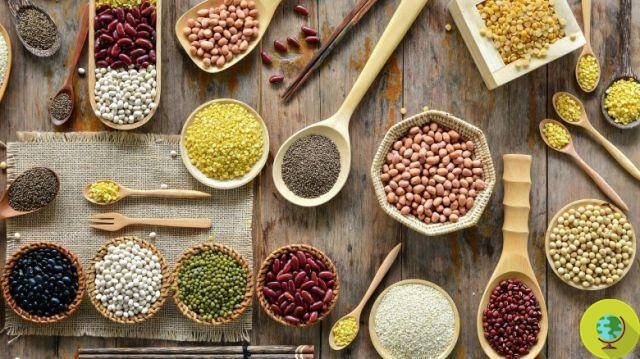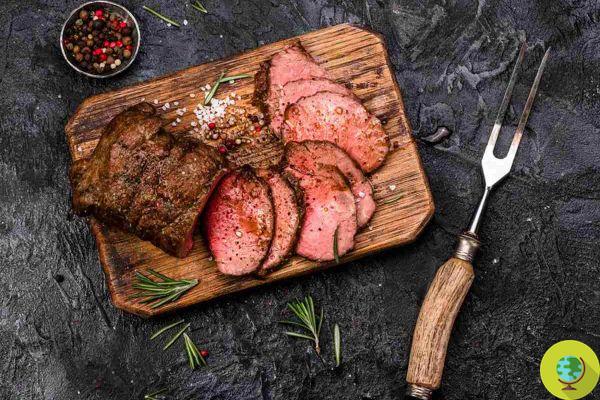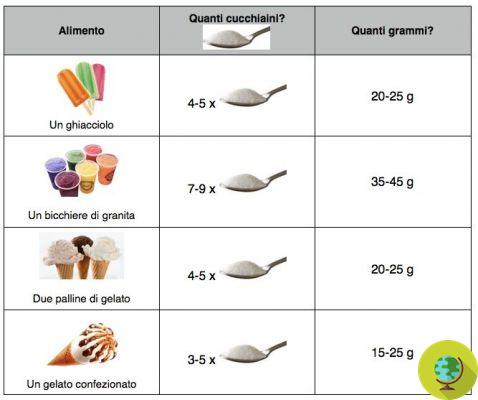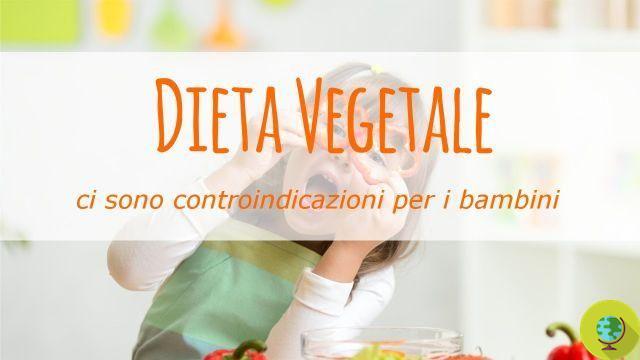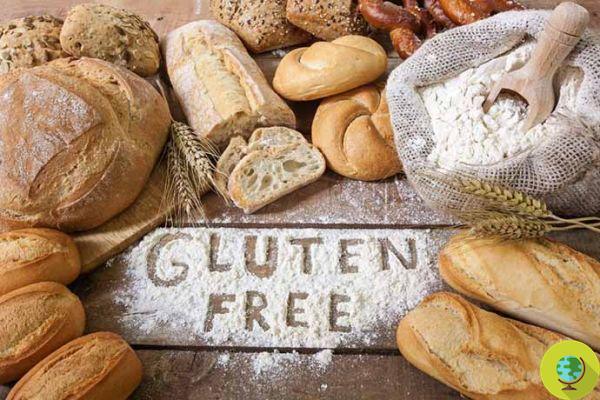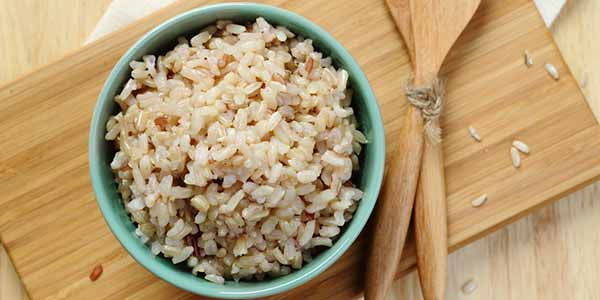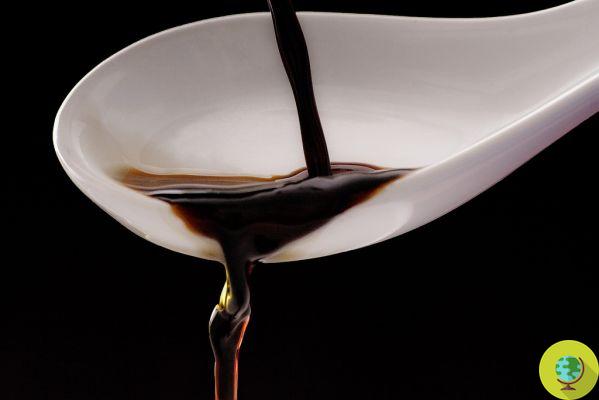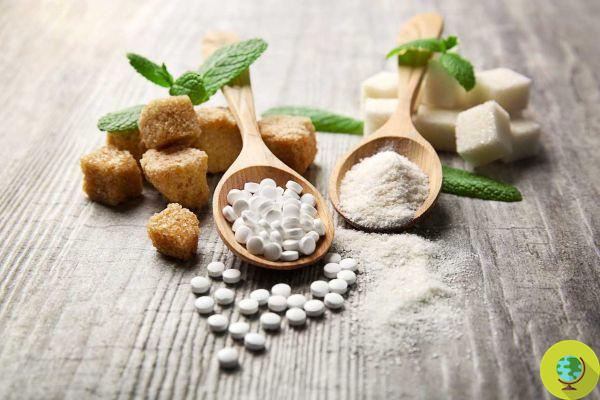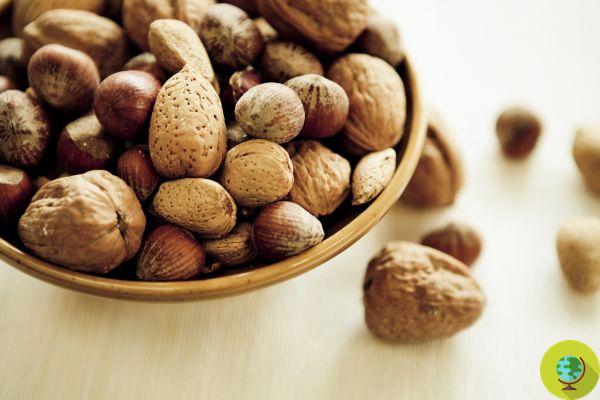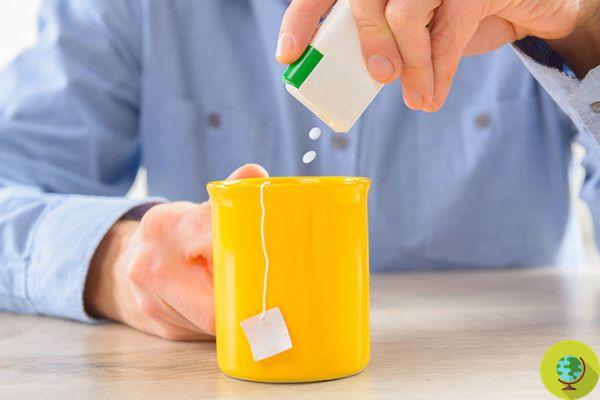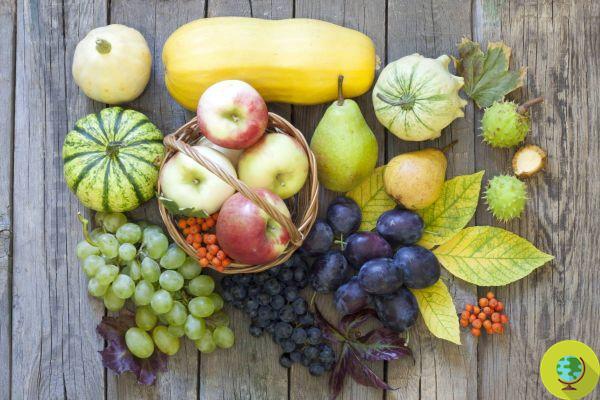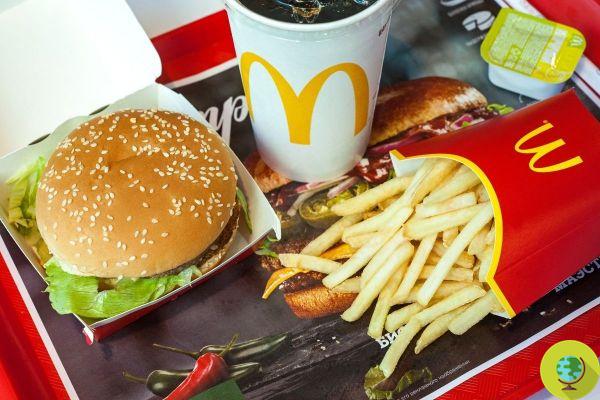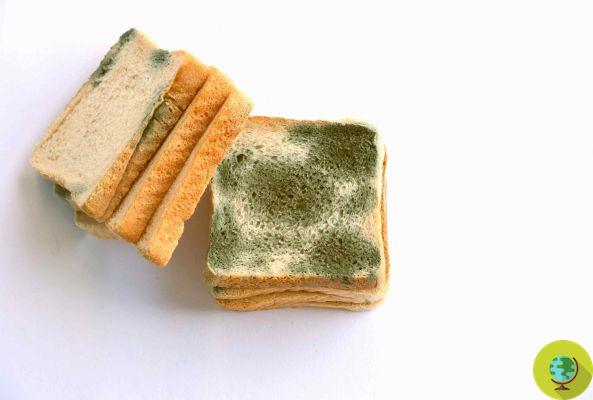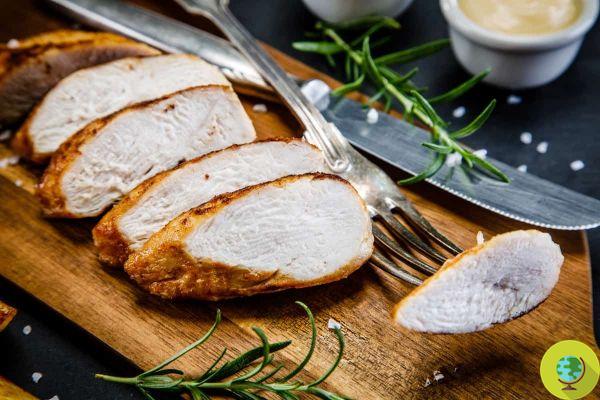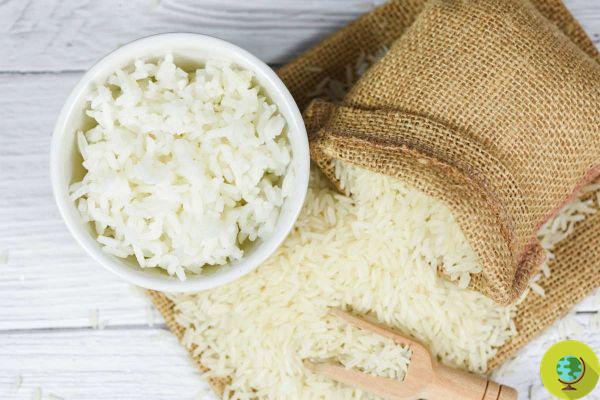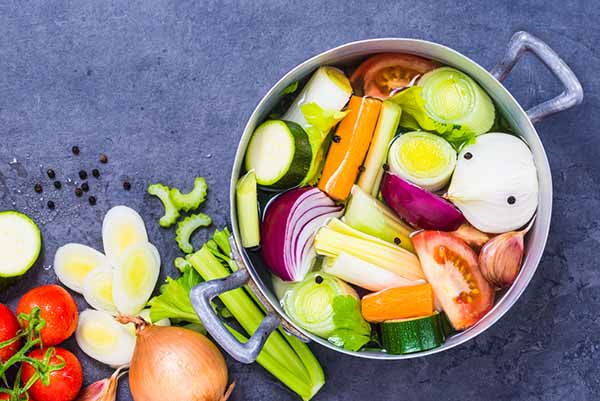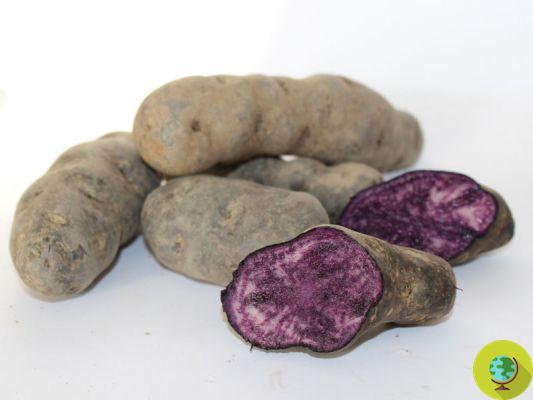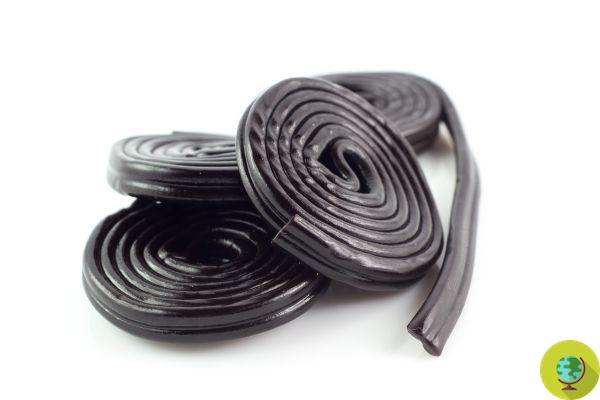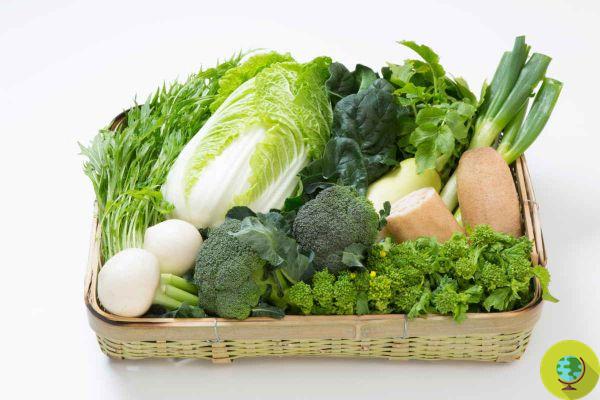
Everyone knows that eating vegetables is good for health, but which are the most nutritious vegetables that bring us the most benefits? Let's find out.
Don't store avocado like this: it's dangerousIt is now obvious to say that eating vegetables is good for our health, but some researchers have wondered which types of vegetables bring us the most benefits and help us prevent the risk of developing chronic diseases. But are they all equally nutritious? Which are the best ones from a nutritional point of view?
The Centers for Disease Control and Prevention study examined and then classified 47 different types of fruits and vegetables based on the density of nutrients they contain. The vegetables and fruits examined had to meet two main criteria:
- the ability to reduce the risk of chronic diseases;
- a 100-calorie serving had to contain at least 10% of the daily value of 17 qualifying nutrients(including potassium, fiber, protein, calcium, iron, thiamin, riboflavin, niacin, folic acid, zinc and vitamins A, B6, B12, C, D, E and K).
Starting from these two variables, the researchers calculated a nutrient density score with which they ranked the different types of vegetables from "worst" to "best". Below, we list the top 17 in ascending order (in the last position we find the one with the best score)
Index
Iceberg salad
Score: 18,28
This type of salad is best known for its use in conjunction with burgers, however it is among the vegetables with the worst nutrient density score, this is because it is mainly composed of water and consequently has a very low nutritional value. It should therefore be used to add a crunchy touch to dishes, but not to be eaten without being accompanied by anything else.
Cabbage
Score: 24,51
Eaten raw, steamed, boiled, baked or used in the preparation of sauerkraut, cabbage contains components that help counteract high pressure and reduce the risk of cancer.
arugula (rocket salad)
Score: 37,65
Although it is not the most nutritious vegetable, rocket is widely used in cooking, both as a side dish and to prepare pesto or to be eaten together with ricotta. It is especially recommended for those suffering from intestinal problems.
Dandelion (dandelion)
Score: 46,34
Certainly not among the most common vegetables, dandelion or dandelion is a natural diuretic, rich in iron, calcium and vitamin K. It can be found in drinks such as tea or coffee, however it is also used in cooking. In Piedmont, for example, it is eaten during Easter Monday together with hard-boiled eggs, in Liguria instead it is used together with other herbs for the preparation of pansoti.
Kale
Score: 49,07
Although not very high in the ranking, kale is rich in vitamin A, vitamin K and vitamin C. In the kitchen it is mainly used to prepare soups, but it is also served as a side dish.
Escarole (endive)
Score: 60,44
Escarole is a variety of envy that looks like a light green open head salad and is a vegetable with an excellent concentration of iron, calcium and riboflavin. It is eaten raw or it can be cooked in a pan or boiled.
Indiana gun
Score: 61,39
Indian mustard is a variety of vegetables rich in vitamins A, C and K. Black mustard is obtained from its seeds and is used in India for the production of mustard oil.
Read also: Mustard oil: properties and how to use it
Kale
Score: 62,49
The consumption of this variety of cabbage lowers the levels of LDL cholesterol, the so-called "bad cholesterol", thanks to the high fiber content, which also helps to improve the general health of the heart.
Romaine lettuce
Score: 63,48
Romaine lettuce has high levels of folic acid, a water-soluble form of vitamin B that has been shown to increase male fertility. The fiber content is also excellent, which allows to regulate intestinal function.
Parsley
Score: 65,59
Parsley is packed with nutrients and even a single sprig can meet your daily requirement for vitamin K. A study by the scientific journal Flavor suggests that parsley aroma helps control appetite, because its smell creates the illusion. to be eating a filling dish.
Lettuce
Score: 70,73
A study from the Nurses' Health Study found that women who eat one serving of lettuce every day reduce the risk of hip fracture by 30% compared to consuming just one serving per week.
radicchio
Score: 73,36
Radicchio is one of the best food sources of polyphenols, powerful micronutrients that play a role in disease prevention. A study in the Journal of Nutrition found that people who consume 650 milligrams per day of polyphenols have a 30% chance of living longer than those who eat less.
Spinaci
Score: 86,43
Spinach is rich in vitamin A and nitrate, a substance that helps increase muscle strength. They also contain lutein, which is useful for the health of the retina and therefore of the eyes. Spinach can help with weight loss as well.
Beet Greens Leaves
Score: 87,08
Often thrown in the trash, beetroot leaves are actually one of the most nutritious vegetables. Researchers from the University of Leeds have proven that just 7 grams of fiber in these leaves help reduce the risk of cardiovascular disease.
Chard
Score: 89,27
100 grams of chard contains 89,3 grams of water, 1,2 grams of fiber and only 17 calories. The presence of mineral salts is also excellent, in particular potassium, iron, calcium, phosphorus and magnesium. By eating Swiss chard, you can be sure to get plenty of vitamin C.
Chinese cabbage
Score: 91,99
Chinese cabbage is a rich source of calcium and iron and can help fight cardiovascular disease. It is an excellent ingredient for soups, stir-fries or as an ingredient in omelettes or flans with other mixed vegetables.
Watercress
Score: 100
With 100 points, watercress is unexpectedly the most nutritious and healthful vegetable. Each gram contains four times more beta-carotene than an apple and 238% of the recommended daily allowance of vitamin K for every 100 grams, two components that keep skin young and hydrated. Watercress is also the richest food source of PEITC (phenylethyl isothiocyanate), which helps reduce the risk of developing cancer.
Follow your Telegram | Instagram | Facebook | TikTok | Youtube
Fonte: Centers for Disease Control and Prevention
Could it be interesting for you:
- Portulaca: benefits and how to cook the ancient 'weed' full of Omega 3 with a thousand properties
- Forgotten foods: 10 healthy foods to rediscover
- Many buy them, but are canned beans really healthy legumes?
- 10 fake health foods




